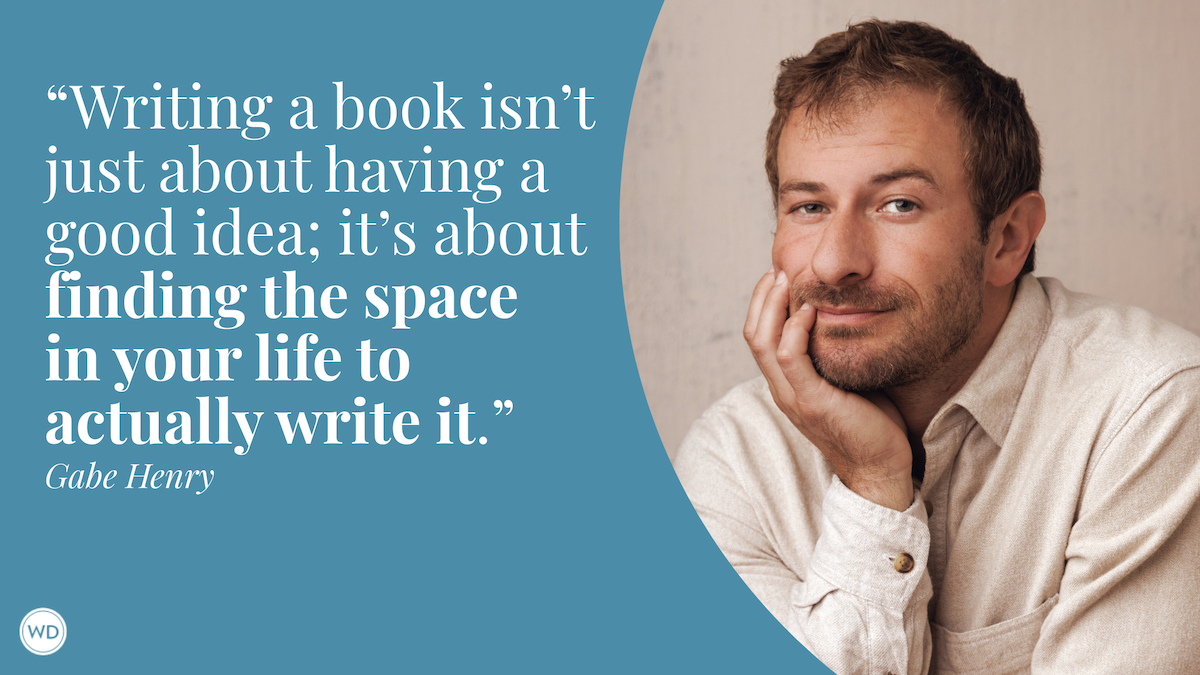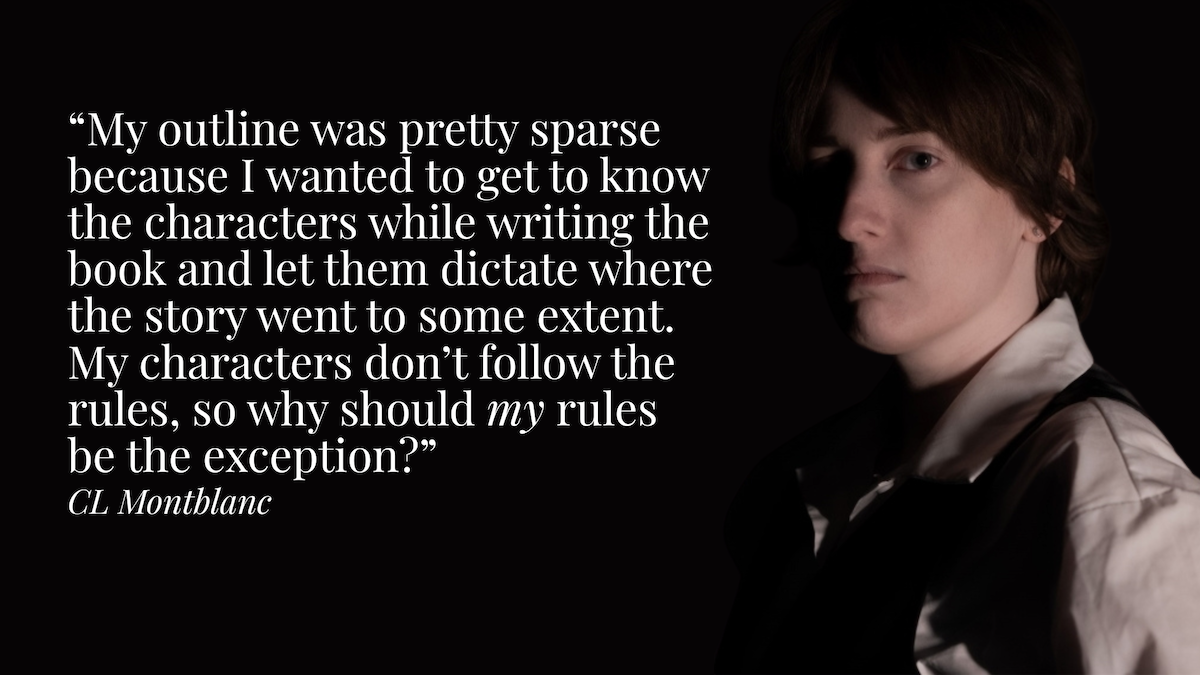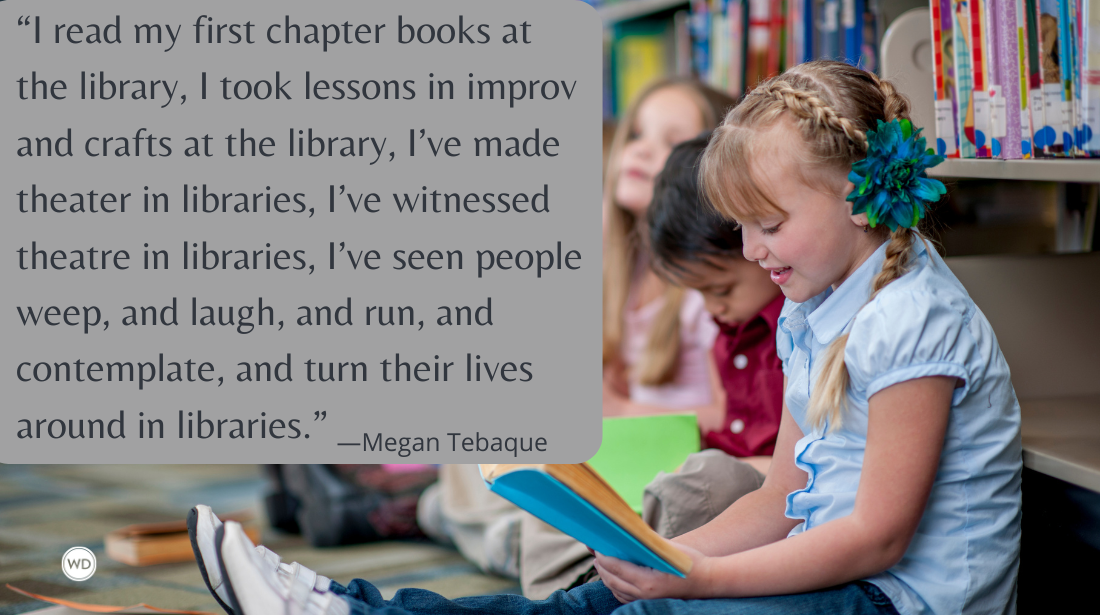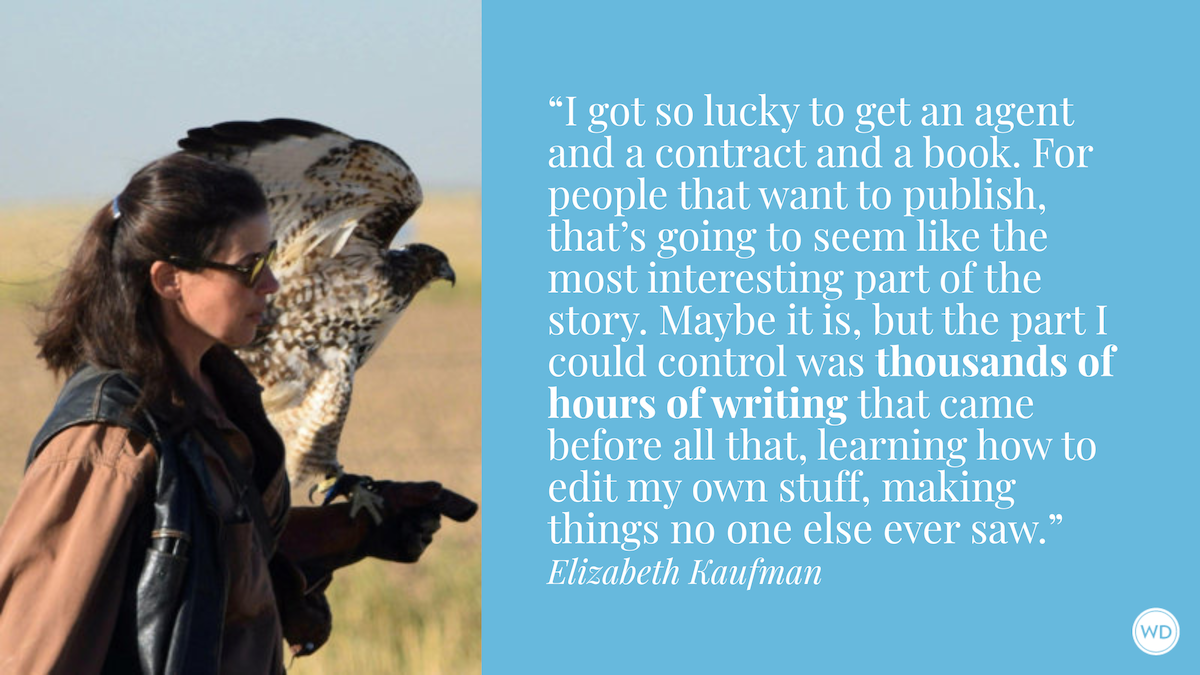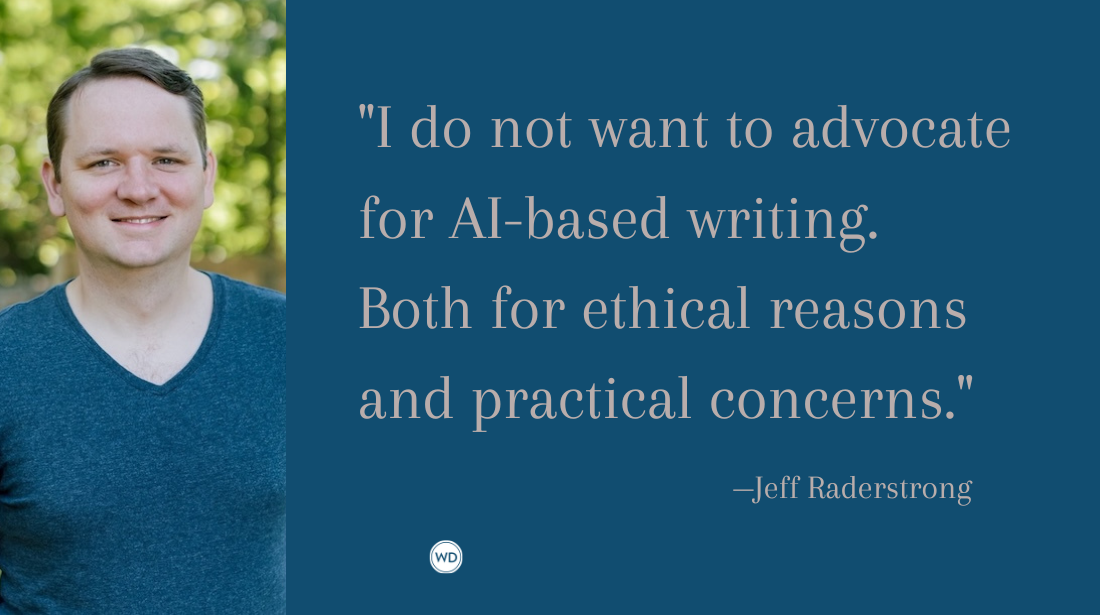Your NaNoWriMo Survival Guide: Before, During, & After
Writing a novel in 30 days can be quite a challenging task, physically, mentally, and emotionally. Go into it prepared with this quick-and-easy guide.
Writing a novel in 30 days can be quite a challenging task, physically, mentally and emotionally. So when you set out to do it this November during National Novel Writing Month (NaNoWriMo), go into it prepared with this quick-and-easy guide of what you can do before, during and after to make the most out of the event.
Order a copy of Chris Baty's No Plot? No Problem!: A Low-Stress, High-Velocity Guide to Writing a Novel in 30 Days.
Bookshop | Amazon
[WD uses affiliate links.]
BEFORE
1. Tell your friends and family that you are doing NaNoWriMo. The risk of public embarrassment has fueled many a grand creation. When they ask how you’re doing, you don’t want to say, “I quit.” Who knows, maybe they’ll wash the dishes for you.
2. Go on a time hunt. You’ll need approximately two hours a day to write. For one week, track how you spend your time—from forays on Facebook to commuting to work. What can you give up, or do another way?
3. Don’t overprepare. Don’t underprepare. A thorough outline can box you into a stultifying corner; an idea that lacks marinating can go flat in an instant. Indulge in casual rumination and note-taking in October, then write like a dervish during November.
DURING
1. Banish your internal editor. Let your imagination loose. Write boldly, in bounding strokes. Your inner perfectionist will come running back to revise later.
2. Hope for the best, plan for the worst. Your imagination may be giddy at being let out during Week 1. Take advantage of that rush and get ahead of your word count. Week 2 looms ahead like a black hole in NaNoWriMo lore. Plan to get through it.
3. Write to the end of the story. The middle of a first draft can be a swamp of quicksand. If you have to, fill in some scenes with shorthand to ensure your experience that satisfying shoot-out at the climax. Most novels are longer than 50,000 words. You can fill in the flesh once you’ve uncovered the bones.
AFTER
1. Keep the momentum going. You just spent 30 days digging for a precious treasure: creativity. Don’t let it go. If you had any doubt before, you’re a writer now. You might need a break for a week or so, but then keep writing.
2. Form a writing group. You’ve tapped into a community during NaNoWriMo. Keep meeting, whether online or in person. Encouragement breeds more encouragement. These partners can make good beta readers, too.
3. Don’t fear revision. It can be just as creative and playful as writing a first draft. Take advantage of the resources and activities available in NaNoWriMo’s “I wrote a novel, now what?” revision support program at nanowrimo.org/now-what in the months that follow.
Grant Faulkner is the Executive Director of National Novel Writing Month (NaNoWriMo) and the co-founder of 100 Word Story. He's published Pep Talks for Writers: 52 Insights and Actions to Boost Your Creative Mojo; Fissures, a collection of 100-word stories; and Nothing Short of 100: Selected Tales from 100 Word Story. His stories have appeared in dozens of literary magazines, including Tin House, The Southwest Review, and The Gettysburg Review, as wellas in anthologies such as Best Small Fictions and Norton's New Micro: Exceptionally Short Fiction. His essays on creativity have been published in The New York Times, Poets & Writers, Writer’s Digest, and The Writer. He also hosts Write-minded, a weekly podcast on writing and publishing. Follow on Twitter @grantfaulkner.



